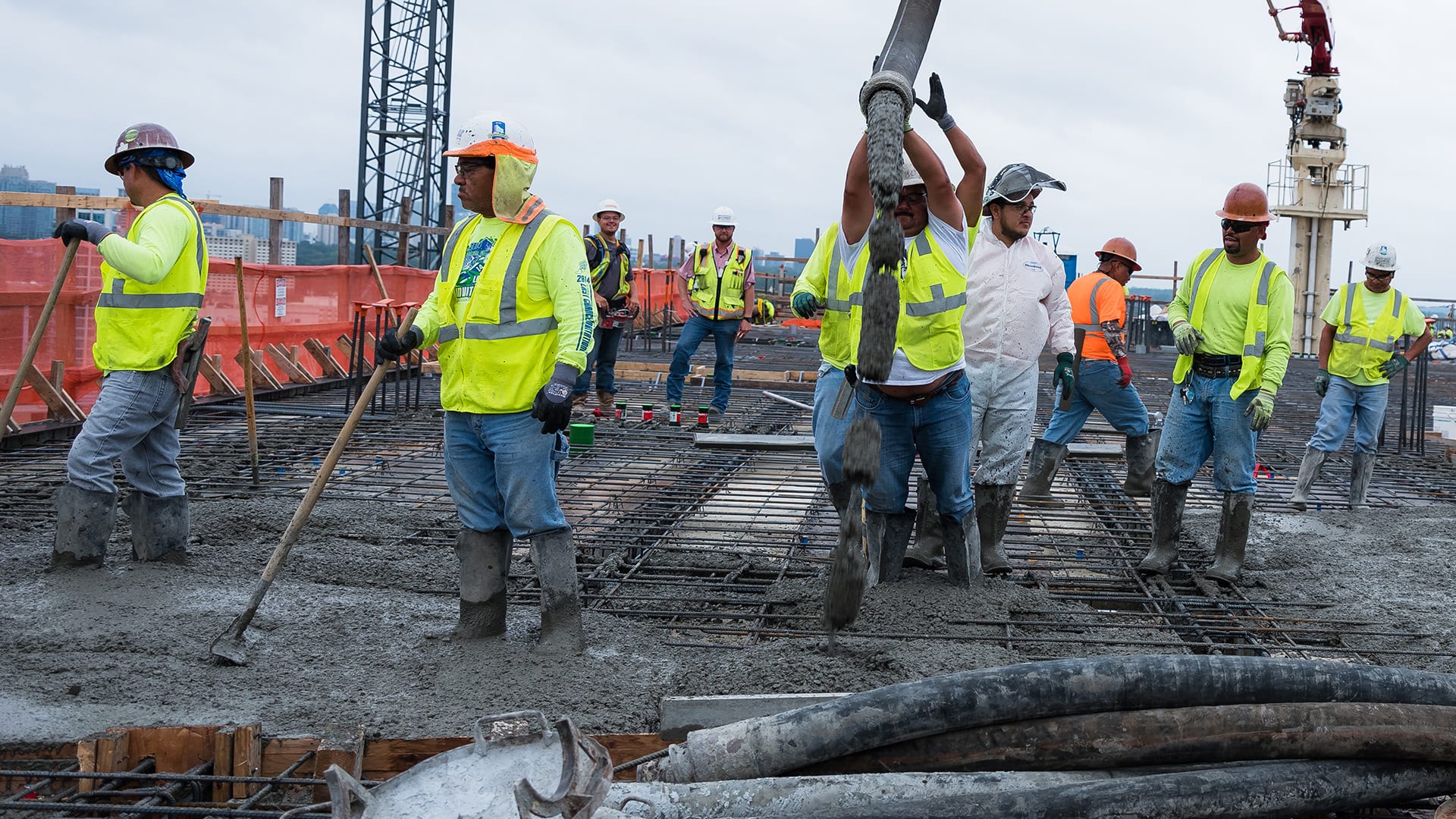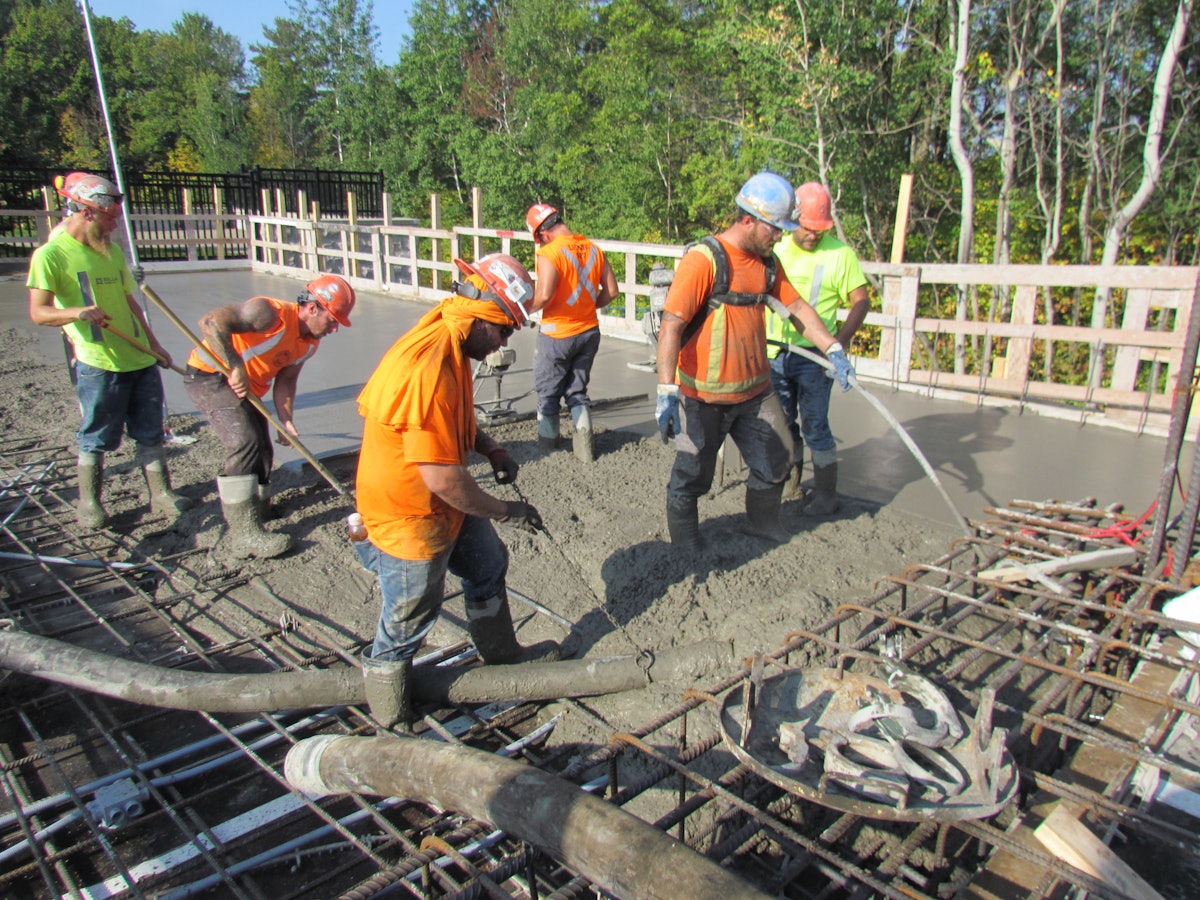Comprehending the Numerous Applications of General Engineering Concrete in Diverse Industries
When you consider the numerous methods general engineering concrete influences various sectors, you'll locate its applications are both wide and vital. From giving durable structures for transport networks to supporting cutting-edge energy remedies, this material plays a key duty in shaping our infrastructure. But what regarding its influence on urban advancement and environmental design? Discovering these aspects can expose far more than you might expect.
The Function of Concrete in Building and Structure Projects
Concrete plays a vital role in building and structure projects, comprising around 70% of all materials used in modern-day frameworks. You'll locate it in structures, walls, and floorings, providing stamina and sturdiness. When you select concrete, you're going with a product that can withstand weather conditions, withstand fire, and support hefty tons. Its adaptability permits different applications, from household homes to towering skyscrapers.Mixing concrete with additives can enhance its properties, enhancing workability and establishing times. You can additionally mold it right into different shapes, permitting creativity in layout. As you work on your projects, take into consideration the environmental benefits of using concrete, such as its capability to decrease energy usage in structures. Overall, concrete's dependability and versatility make it a keystone of the building sector, ensuring that structures are not just useful however also safe and resilient.
Facilities Advancement: Roads, Bridges, and Tunnels
When it comes to infrastructure growth, roadways, bridges, and passages are vital components that link neighborhoods and promote transport. You rely upon these structures daily, whether you're travelling to function or taking a trip fars away. General design concrete plays a necessary duty in their building and longevity. Its stamina and flexibility permit engineers to design robust roadways that stand up to hefty web traffic and rough climate conditions.Bridges, often covering rivers and valleys, need specifically formulated concrete to ensure safety and security and long life. Making use of strengthened concrete in passage construction not just supports substantial weight however additionally boosts resistance versus water seepage and ground movement.

Concrete in Transportation: Enhancing Wheelchair and Safety And Security
As you navigate with dynamic cities and rural roads, the function of concrete in transport comes to be noticeable, greatly enhancing both mobility and safety and security. Concrete's toughness assurances that roads, paths, and bridges endure rush hour and rough weather condition problems. This long life reduces the need for constant repairs, maintaining your trips smooth and reliable.In enhancement, the style flexibility of concrete enables cutting-edge structures like overpasses and passages, which properly decrease blockage and improve website traffic flow. You'll see that concrete surface areas likewise give much better traction, lowering the likelihood of crashes in wet conditions.Moreover, using concrete in railways helps preserve stability and security for trains, making your travels much more efficient. Overall, concrete's contributions to transport not just enhance your movement yet also considerably reinforce public safety, mirroring its necessary duty in the infrastructure you depend on daily.

Energy Market Applications: From Power Plants to Renewable Power
In the power industry, concrete plays a significant duty in the building and construction and procedure of power plants and sustainable power installments. You'll discover it important for developing durable foundations, supports, and control frameworks that withstand severe conditions. In thermal power plants, reinforced concrete frameworks ensure safety and security and longevity versus heats and pressure. West Coast General Engineering industrial concrete.When it pertains to renewable resource, concrete is critical for wind generator bases, solar panel places, and hydroelectric dams. It gives the security required to harness power effectively. You could not understand it, but the concrete made use of in these applications is specifically formulated to meet particular performance requirements, like durability and resistance to ecological variables
Cutting-edge Concrete Solutions in Environmental Design

The Influence of Concrete on Urban Development and Landscape Design
Concrete plays a necessary role in shaping urban advancement and landscape design, affecting whatever from framework longevity to visual appeal. When you consider cityscapes, concrete frameworks like bridges, roads, and buildings enter your mind, providing a sturdy foundation for urban life. You'll discover how properly designed concrete pathways and plazas improve public areas, making them much more welcoming and functional.In landscape design, concrete deals adaptability, allowing imaginative styles for outdoor patios, preserving walls, and attractive features. You can create unique exterior rooms that mix seamlessly with nature while preserving architectural integrity. Furthermore, concrete's capacity to stand up to weather condition extremes guarantees durability, minimizing the demand for regular repairs.
Future Trends and Developments in General Engineering Concrete
As urban landscapes advance, the demand for innovative concrete options is driving improvements generally engineering. You'll observe trends leaning in the direction of environment-friendly materials and sustainable practices. Researchers are focusing on developing high-performance concrete that reduces ecological effect without sacrificing strength.Next-gen ingredients and blends, like recycled accumulations and bio-based materials, are gaining grip, enhancing longevity and decreasing carbon footprints. Smart concrete modern technology is also emerging, including sensing units that keep track of structural health in real-time, enabling positive maintenance.You may locate that 3D printing with concrete is becoming a lot more sensible, allowing intricate layouts and faster building and construction timelines. Furthermore, the integration of self-healing concrete is on the surge, making certain long life and minimizing repair work expenses.
Often Asked Inquiries
What Are the Ecological Effects of Concrete Production?
Concrete production produces considerable carbon emissions, eats West Coast General Engineering industrial concrete water, and diminishes all-natural sources. You can mitigate these effects by exploring lasting choices, enhancing mix designs, and including recycled materials to minimize your ecological footprint and enhance sustainability.
Exactly How Does Concrete Compare to Various Other Building Materials?
Concrete's resilience and toughness frequently outperform materials like wood and steel. It's functional, economical, and energy-efficient, but its environmental impact can be considerable. You'll intend to weigh these elements when choosing building products.
What Are the Different Kinds Of Concrete Available?
There're numerous sorts of concrete available, consisting of criterion, enhanced, high-strength, lightweight, and attractive. Each kind serves specific purposes, so you can select the one that finest fits your project's requirements and requirements.
How Is Concrete Recycled and Reused in Building?
You can reuse concrete by crushing it into accumulation, which you after that reuse in brand-new building and construction tasks (West Coast General Engineering Concrete). This procedure minimizes waste, lowers expenses, and reduces the environmental influence of sourcing brand-new materials for your builds
What Precaution Are Needed When Dealing With Concrete?
When collaborating with concrete, you should wear protective gear, like gloves and safety glasses, guarantee appropriate ventilation, and utilize safe training methods. Constantly adhere to safety and security standards to stop injuries and maintain a safe functioning setting.